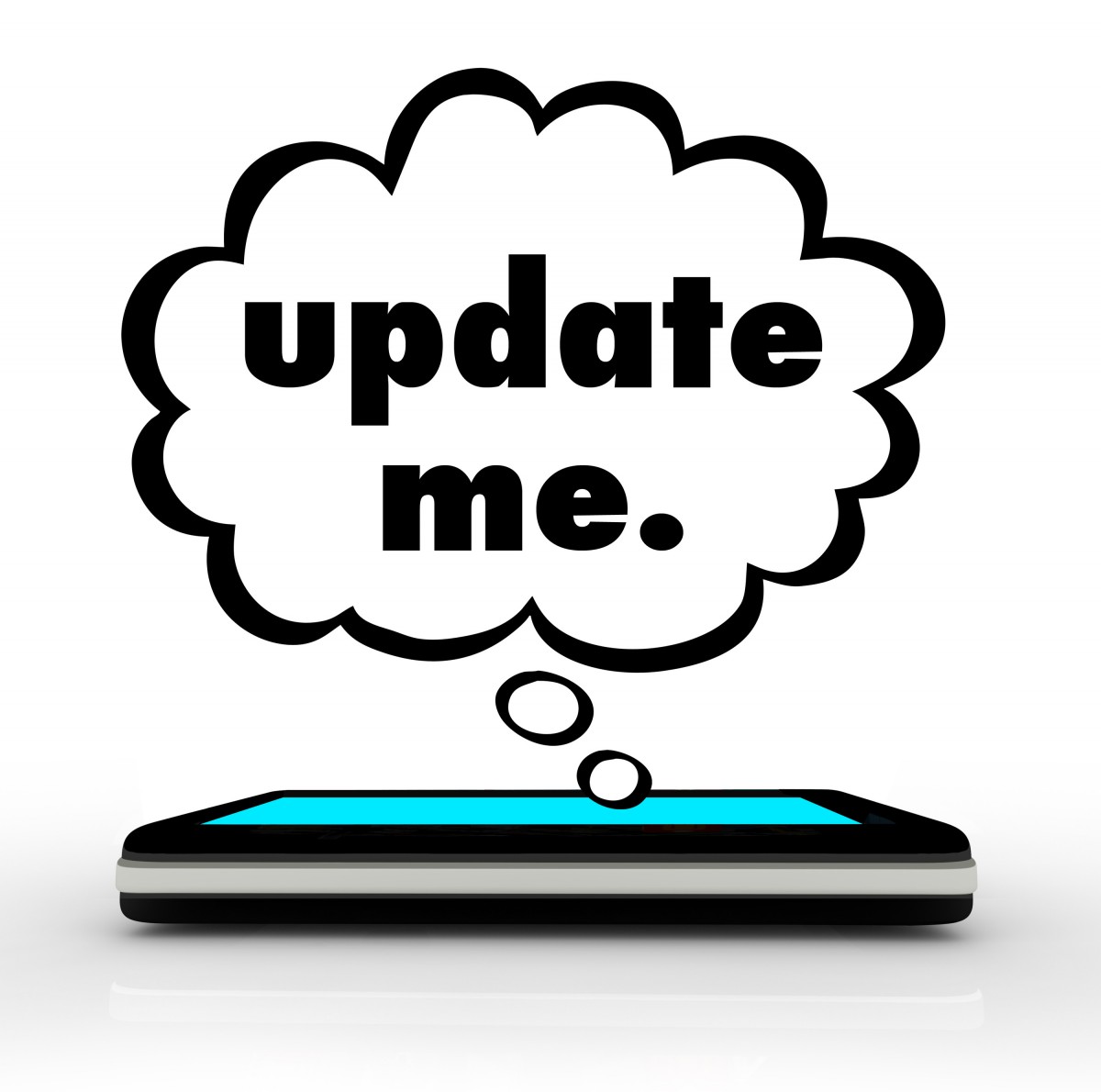10 January 2015
A university-based scholar recently posted a message in an academic forum, invoking the first edition of a book with which I was rather involved in my history-student days. (We don't need, of course, to discuss how long ago that was.) More specifically, the poster announced that the author had left thus-and-such issue unresolved and that issue was now the object of her intense research.
A second forum member asked the first if she had seen "Article XYZ," which that author and I had published soon after the book was released, an article that explored the issue at length and resolved the longstanding debate that swirled around it.
"Well," came the reply, "I'm aware of the article but assumed it was just a chapter from the book, with nothing new to offer."
Hmmh.
Lest an EE user fall victim to a similar embarrassment, let us all now chant in unison: When we cite an authority on a subject, we should always seek out the latest work that authority has done.
Many authors continue to do research and publish additional findings after their seminal work is put into print. Most authors use subsequent editions to make corrections or add insight gleaned from research after the earlier edition appeared. If we cite an outdated edition, we just may be using information that's now known to be incorrect, incomplete, or unresolved. We may, as in the case of the hapless scholar cited above, be duplicating work that's already done.1
This research foible is even more common when journal and magazine articles are used as evidence. While periodical issues are rarely reissued with revisions, scholars do frequently publish new essays on a subject they've previously addressed in that same journal or a different one. When they do, the new paper will not only report newly found material but also correct earlier mistakes or misassumptions.
And so, our bottom line: when citing a journal article in support of "facts" we assert or conclusions we reach, we should also run a literature search to ensure that our "authority" has not corrected himself or herself in a later publication.
NOTE: 1. An exception is worth noting here. It is appropriate to use even a long-out-of-date work for historical definitions or historical mindsets of a particular era, as these QuickTips frequently do for legal terms of the 19th and early-20th centuries.
PHOTOCREDIT: "Update Me ... Words Thought Cloud Bubble," CanStockPhoto (http://www.canstockphoto.com/images-photos/edition.html#file_view.php?id=11348299 : downloaded 4 December 2014), uploaded 26 October 2012 by iqoncept; used under license.
Revisions from original edition of EE?
I'd love to know what kind of changes have been made in EE since the first edition. I've been using the 1st edition at my local library but received a copy of the second edition revised for Christmas. Is there a list of changes available? Thank you!
Nina,
Nina,
We hate to disappoint you but there is no master list of changes in the 2009 (2d) edition or the 2012 (2d revised/digital) edition. That simply has been impractical.
Most of the alterations across the last 8 years (200-300 pages in each revision) have dealt with electronic sites and the incessant problem of links going bad. Most major providers of online material, internationally, have changed their corporate names, site names, URLs, access modes, and/or collection paths. Some sites used as examples have disappeared entirely. New media types have developed and new record types have become available--in which case, EE has dropped some older media in order to make room for new material. (No one, to our knowledge, wants EE to actually grow larger.) We have also made many in situ alterations of text to clarify points on which users have had questions.